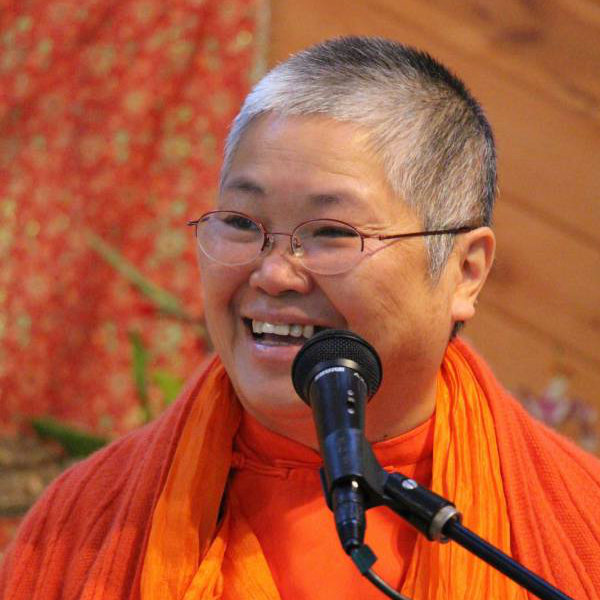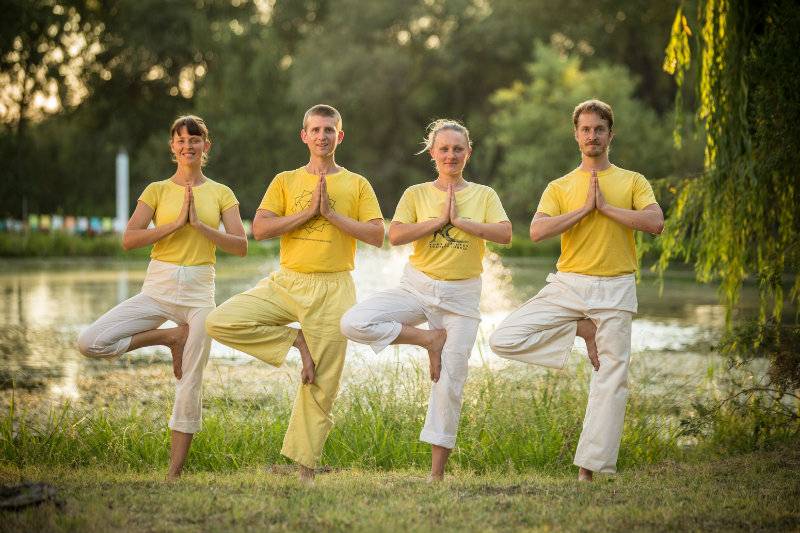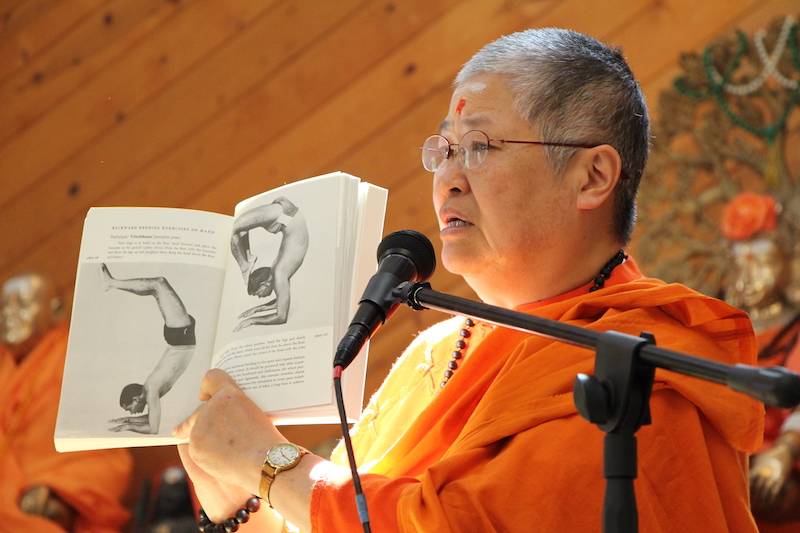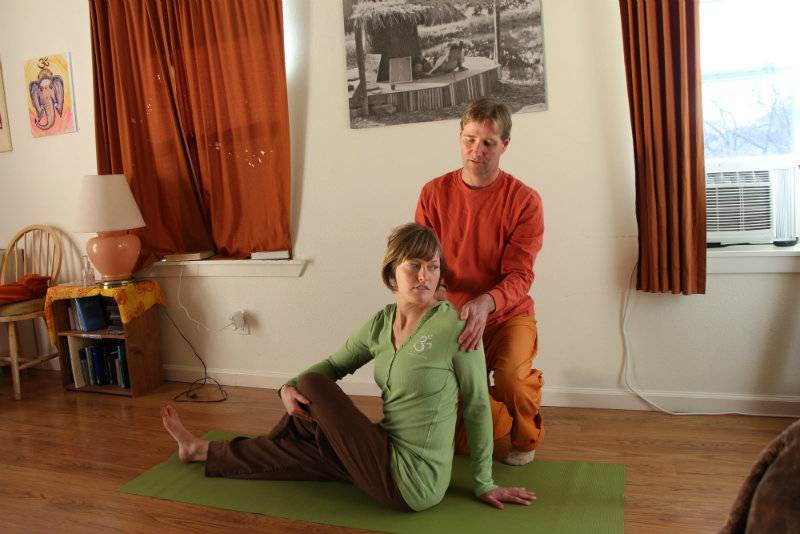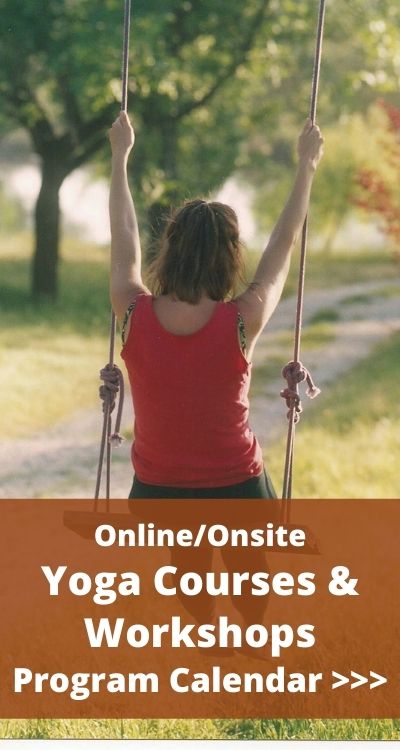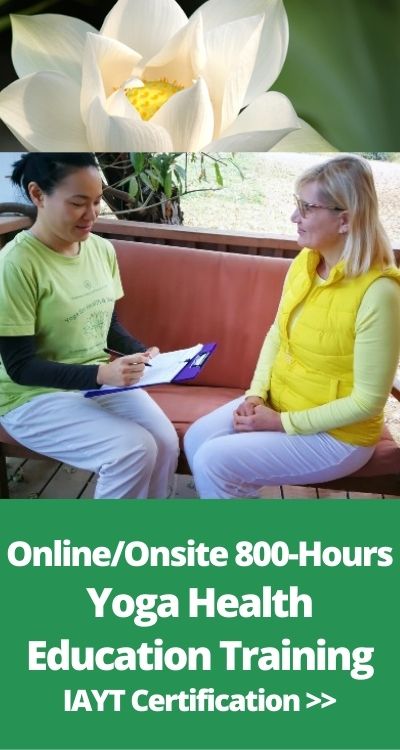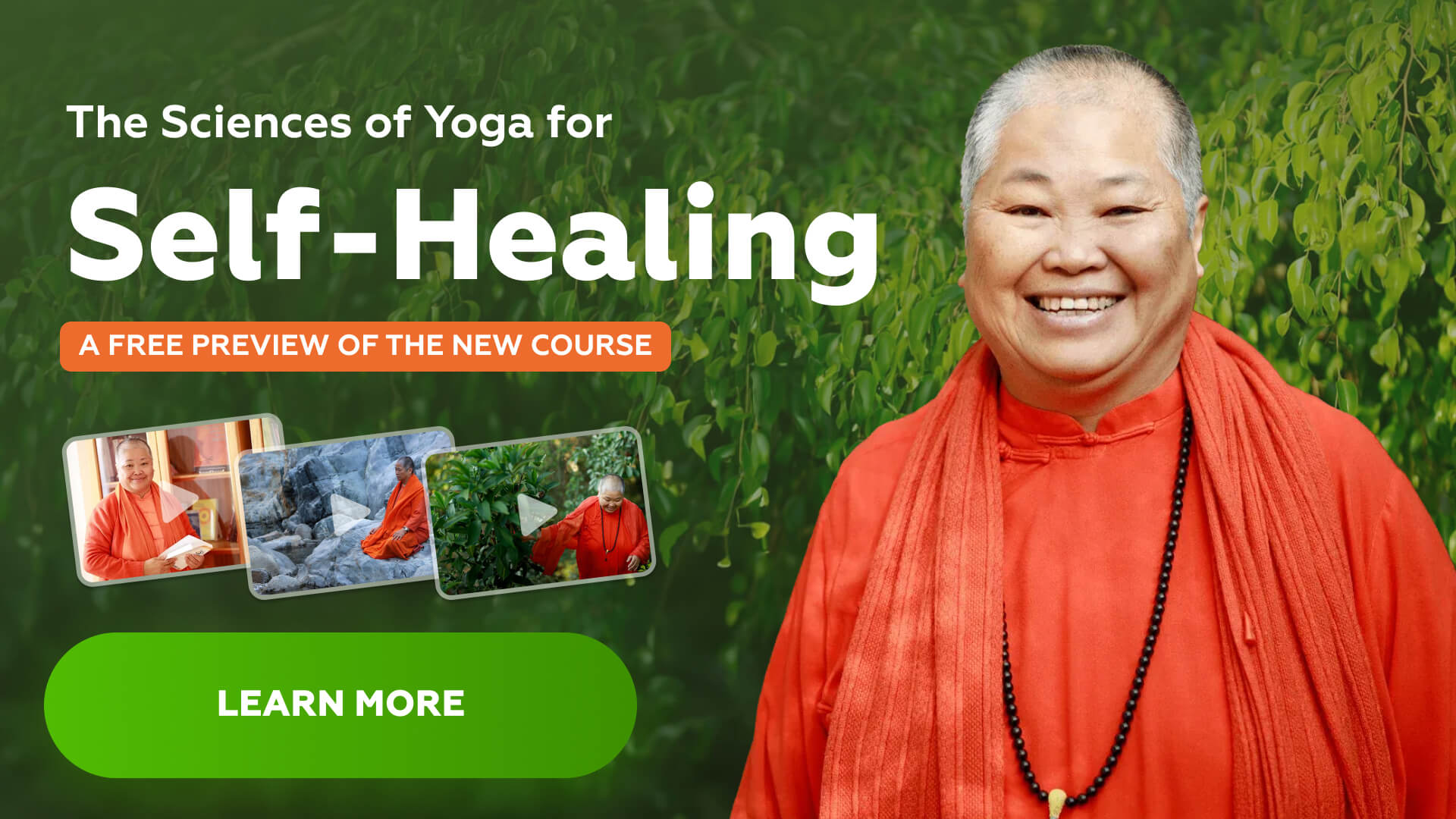
by Swami Sitaramananda | Mar 6, 2019 | 4 Paths of Yoga
Video Clips of a Satsang on the Meaning of Life
by Swami Sitaramananda
Yoga Farm Director
Swami Sitaramananda is a senior disciple of Swami Vishnudevananda and acharya of the US West Coast centers and Ashram. Swamiji is also the acharya of the Sivananda mission in Asia, especially in Vietnam, where she hails from.
Follow us
[et_social_follow icon_style=”slide” icon_shape=”rounded” icons_location=”top” col_number=”2″ counts=”true” counts_num=”0″ outer_color=”dark”]
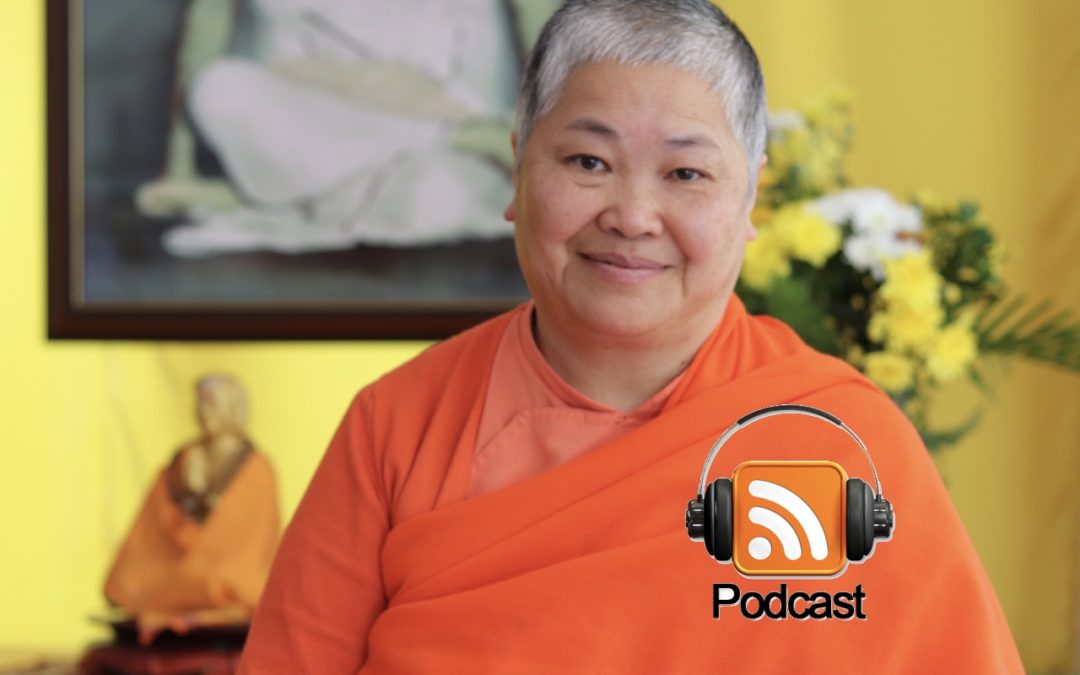
by Swami Sitaramananda | Mar 5, 2019 | 4 Paths of Yoga, Podcast
In this talk, Swami Sita explains the concept of Prana as vital energy or life force. Swamiji tells us the 5 things we can do with prana: increase, conserve, balance, channel, purify. She then explains how we can increase prana and not lose prana from the 5 elements of nature: earth, water, fire, air, and ether. Swamiji gives many practical examples that are very useful for us in our daily life.

by Swami Sitaramananda | Feb 28, 2019 | 4 Paths of Yoga, Podcast
Swami Sivananda says that Life is an expression of something higher. Life is joy, life is a conscious stream, life is a voyage. In this podcast, Swami Sitaramananda reads about the meaning of life and explains why someone starts to actually ask this question by giving examples from her own life and journey. She explains how by coming to an ashram and turning to yoga helps in this discovery.

by Swami Sitaramananda | Feb 21, 2019 | 4 Paths of Yoga, Podcast
[iframe style=”border:none” src=”//html5-player.libsyn.com/embed/episode/id/8732105/height/100/width//thumbnail/no/render-playlist/no/theme/custom/tdest_id/1007270/custom-color/87A93A” height=”100″ width=”100%” scrolling=”no” allowfullscreen webkitallowfullscreen mozallowfullscreen oallowfullscreen msallowfullscreen]
This podcast is a webinar by Swami Sita from 2013 on steps to peace of mind and how it is like a lake with waves. There are countless thoughts which come from inside of us and also from outside influence. We must understand how powerful the mind is. If we are able to quiet the mind it is like seeing to the bottom of a clear lake.
Listen in for Divine Wisdom

by Swami Sitaramananda | Feb 17, 2019 | 4 Paths of Yoga, Podcast
This life is a karmic life. We are very restless beings and are bound by our karma. Karma means action or more specifically our thoughts and desires.
The true goal of life is to pay our karmic debts which can only happen through the practice of detachment. For example in the movie Groundhogs day situations continually repeat themselves until we can find a new angle to approach life.
To get out of this pattern we must practice sadhana or conscious spiritual practices. When we are able to connect to our true self through sadhana we find lasting peace.
Listen in for Divine Wisdom

by Swami Sitaramananda | Feb 9, 2019 | 4 Paths of Yoga, Podcast
In this podcast, Swami Sitaramananda will explain the criteria to determine if you are progressing and what the point of progressing is. In our life we want to develop and grow our potential.
Yoga offers specific practices that help us on this journey to realize our Self. In this way we can wake up from all illusions and false ideas. We can re-adjust our thinking and realize our True Nature.
Listen in for Divine Wisdom

